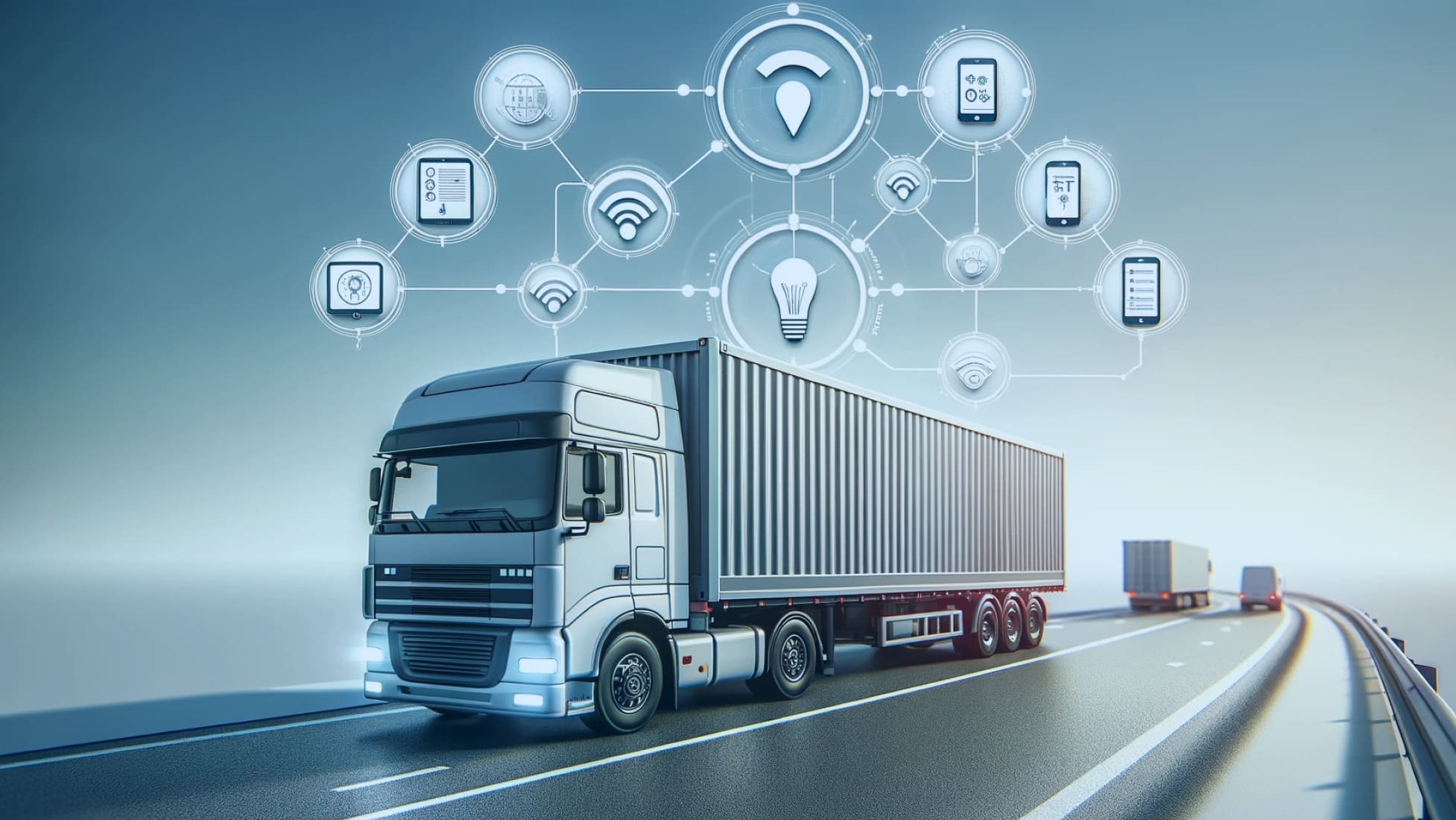Introduction
Fleet tracking systems have revolutionized the way businesses manage their vehicles and operations. By providing real-time visibility into vehicle location, behavior, and performance, these systems empower organizations to optimize routes, enhance driver safety, and reduce costs. However, to fully realize the benefits of fleet tracking, it is essential to understand the key components and advantages that make these systems so effective.

Key Components of a Fleet Tracking System:
- GPS Tracking Device: The backbone of any fleet tracking system is the GPS device installed in each vehicle. These devices continuously track the vehicle’s location using satellite signals and transmit this data to a central server.
- Telematics Hardware: In addition to GPS, telematics hardware collects data on various vehicle parameters, such as speed, fuel consumption, engine diagnostics, and driver behavior. This data is invaluable for optimizing fleet performance and identifying areas for improvement.
- Software Platform: A robust software platform is required to collect, store, and analyze the data transmitted by GPS devices and telematics hardware. This platform provides fleet managers with a user-friendly interface to monitor their fleet in real-time and generate detailed reports.
- Cellular Connectivity: Reliable cellular connectivity is essential for transmitting data from GPS devices and telematics hardware to the software platform. This ensures that fleet managers have access to real-time information, regardless of the vehicle’s location.
Benefits of Fleet Tracking:
- Improved Route Optimization: By analyzing historical data and real-time traffic conditions, fleet tracking systems can optimize routes, reducing fuel consumption and minimizing delivery times.
- Enhanced Driver Safety: Fleet tracking can help identify and address unsafe driving habits, such as speeding, harsh braking, and excessive idling. This can lead to a significant reduction in accidents and associated costs.
- Increased Asset Utilization: By monitoring vehicle utilization, fleet managers can identify underutilized assets and optimize fleet size.
- Reduced Maintenance Costs: Predictive maintenance based on telematics data can help prevent breakdowns and reduce overall maintenance costs.
- Improved Customer Service: Real-time tracking allows for accurate ETAs, improved dispatching, and better customer communication.
- Increased Security: Fleet tracking can help prevent theft and unauthorized vehicle use.
- Compliance with Regulations: Fleet tracking systems can help ensure compliance with various industry regulations, such as hours of service and emissions standards.
FAQs
What is a vehicle tracking device?
A vehicle tracking device is compact and can be installed under a dashboard for convenience and space-saving. It tracks your fleet vehicles and converts that data into real-time notifications that allow you to manage your fleet as effectively and efficiently as possible. Used in conjunction with telematics software, you can use your unique data to track driving trends and improve fleet operations across the board. Having this information at your fingertips enables you to manage multiple vehicles, varying routes, fuel consumption, vehicle downtime, your drivers, and assets, from anywhere in the world. Streamlining processes makes fleets safer, and more efficient and increases your bottom line.
How does the device work?
How does a vehicle tracking device work? A GPS tracking device connects with the Global Navigation Satellite System (GNSS) network. GNSS is a group of orbiting satellites that relays positioning, navigation, and timing data to IoT devices. They do this by transmitting high-frequency signals from space to receivers all over the globe.
When talking about the performance of different GPS systems, there are three criteria used:
- Accuracy: Measuring how factual the actual position, speed, or time are compared to that measured by the GNSS.
- Integrity: This describes the system’s ability to give a threshold of confidence in the data it provides and to raise the alarm when abnormal information is recorded.
- Continuity: This is the GPS’s capacity to provide continuous information without disruptions.
This highly accurate positioning software can be picked up by anything with a receiver such as cell phones, cars, law enforcement systems, and airplanes. Most people use this technology at least once a week via their smartphone, to help navigate from A to B. GPS fleet trackers further provide information on present location, vehicle speed, proximity to hazards, and forward direction to name a few.
Conclusion:
Fleet tracking systems offer a multitude of benefits that can significantly improve the efficiency and profitability of businesses with fleets. By investing in the right hardware and software, organizations can gain valuable insights into their operations and make data-driven decisions that drive growth and success. As technology continues to advance, we can expect to see even more innovative applications of fleet tracking, further transforming the way businesses manage their fleets.
Why JimiIoT
Jimi IoT is a global leader in innovative IoT solutions. We provide cutting-edge hardware and software tailored to enhance efficiency and connectivity. Our range of products includes advanced GPS tracking devices, asset management solutions, smart vehicle dashcams, and telematics platforms. With a focus on technological excellence and customer satisfaction, we empower businesses to optimize operations and gain valuable insights from data-driven analytics. Trust JimiIoT to drive positive change and unlock growth opportunities in the digital age.
If you would like more details, please visit Facebook, LinkedIn, INS, and Twitter pages for further information.
 EN
EN ES
ES PT
PT TH
TH VN
VN JP
JP


